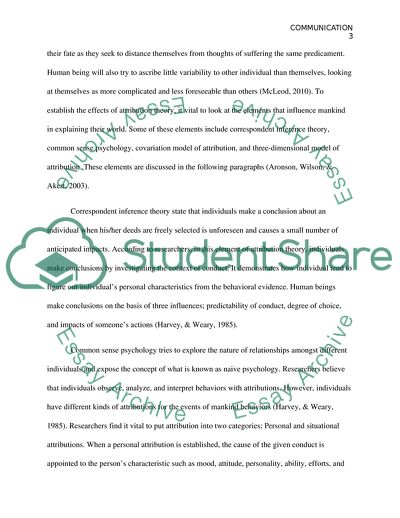Cite this document
(Foundations in Communication Theory Coursework Example | Topics and Well Written Essays - 3250 words, n.d.)
Foundations in Communication Theory Coursework Example | Topics and Well Written Essays - 3250 words. https://studentshare.org/journalism-communication/1794248-attribution-theory
Foundations in Communication Theory Coursework Example | Topics and Well Written Essays - 3250 words. https://studentshare.org/journalism-communication/1794248-attribution-theory
(Foundations in Communication Theory Coursework Example | Topics and Well Written Essays - 3250 Words)
Foundations in Communication Theory Coursework Example | Topics and Well Written Essays - 3250 Words. https://studentshare.org/journalism-communication/1794248-attribution-theory.
Foundations in Communication Theory Coursework Example | Topics and Well Written Essays - 3250 Words. https://studentshare.org/journalism-communication/1794248-attribution-theory.
“Foundations in Communication Theory Coursework Example | Topics and Well Written Essays - 3250 Words”. https://studentshare.org/journalism-communication/1794248-attribution-theory.


